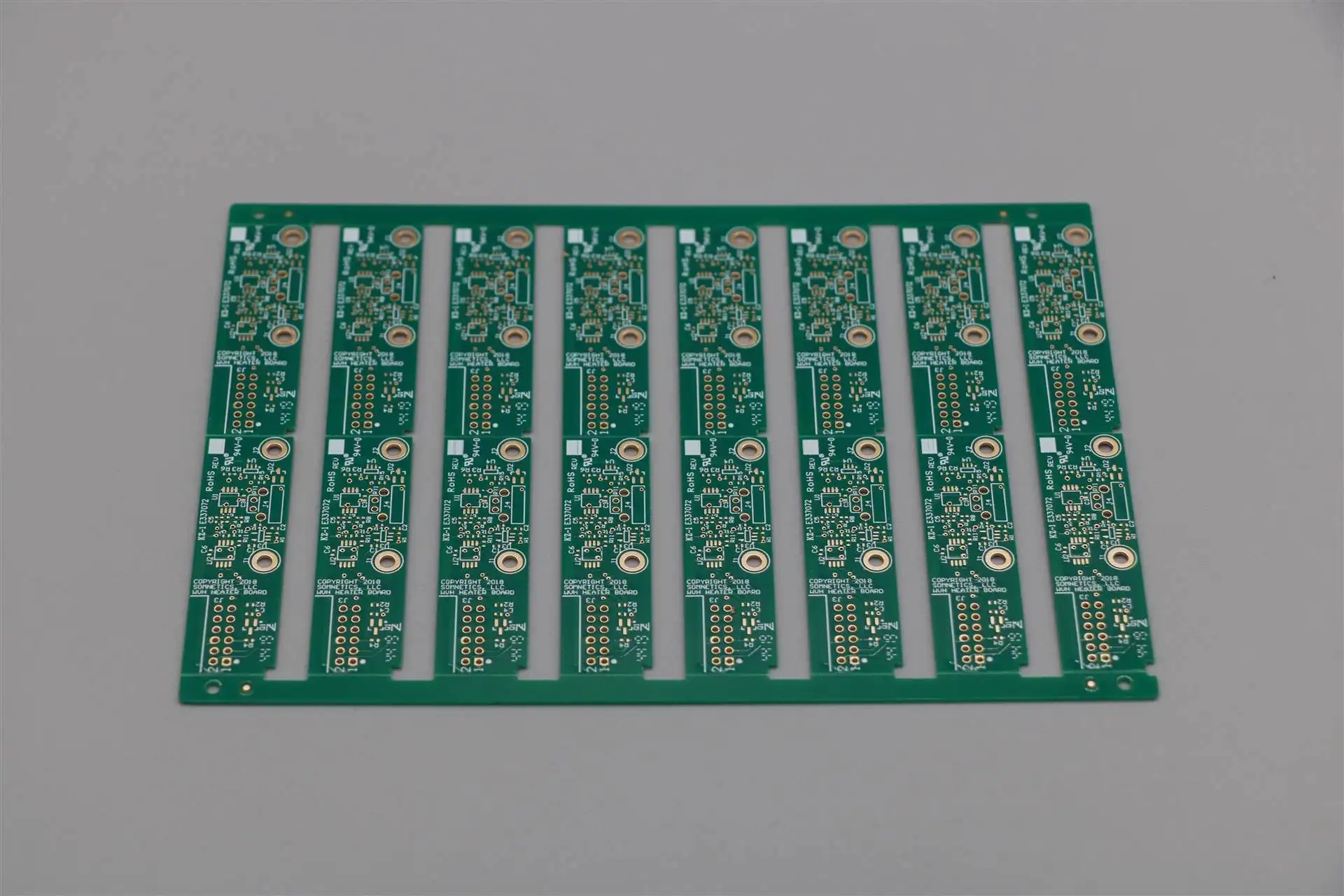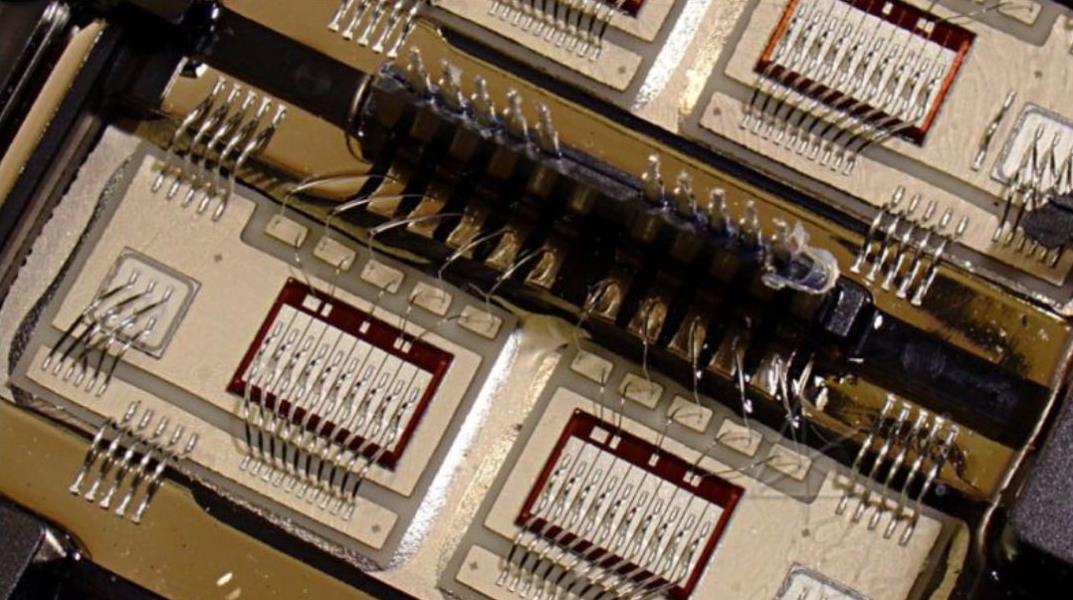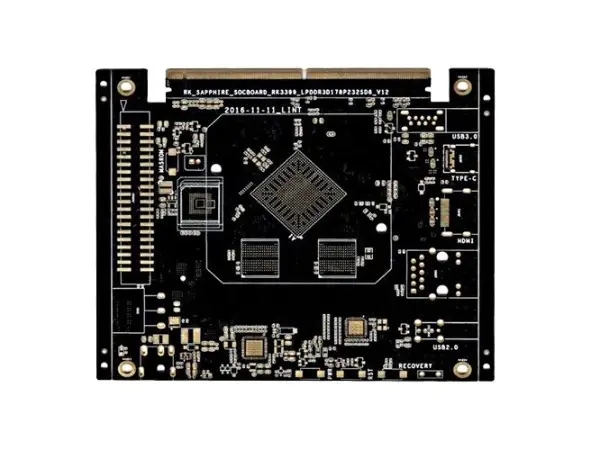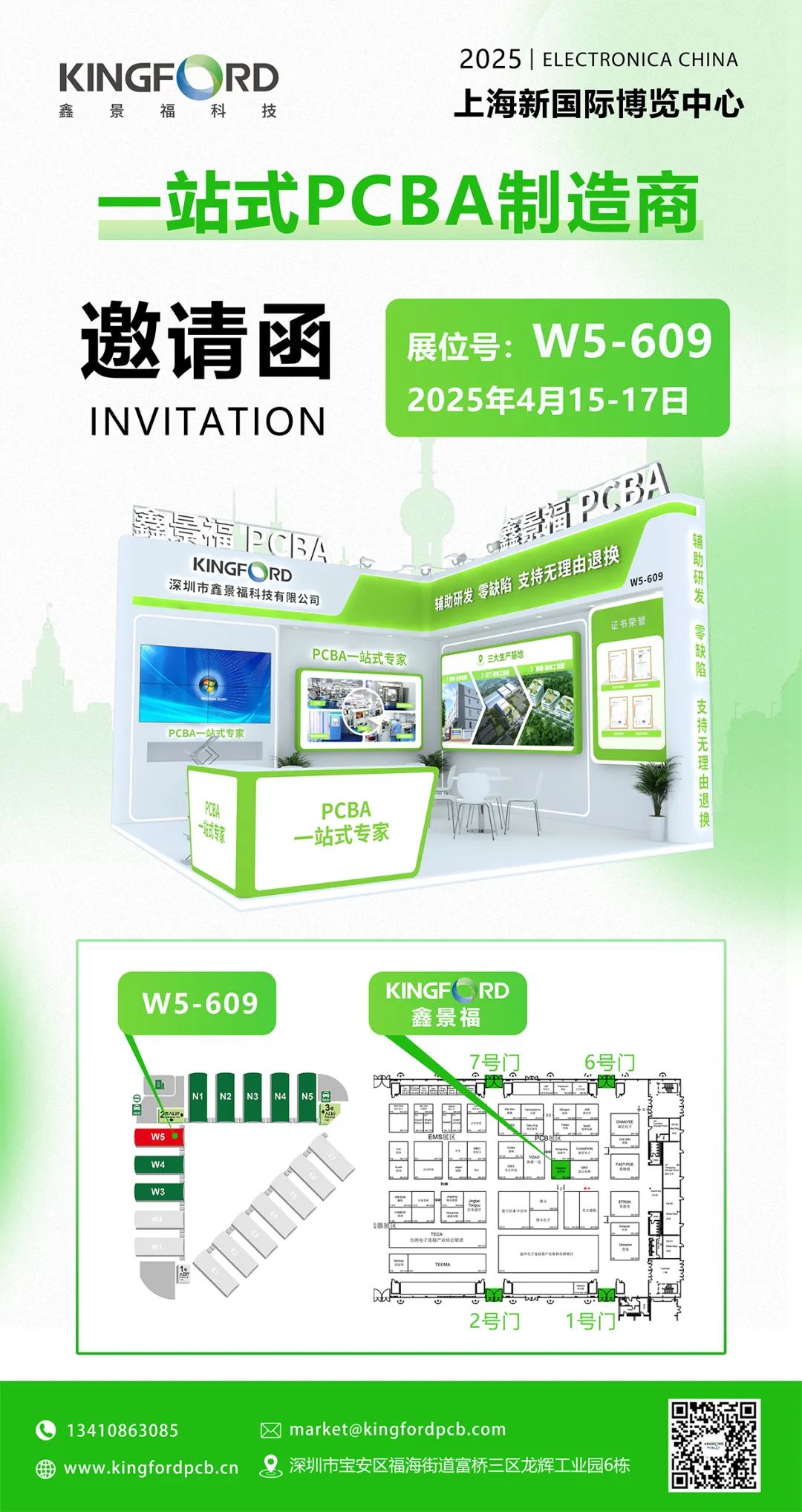
Introduction to common standards in printed circuit boards that you must know
1) IPC-ESD-2020: Joint Standard for the Development of ElectrostatIC Discharge Control Procedures. Including the design, establishment, implementation and maintenance of electrostatic discharge control program. According to the historical experience of some military and commercial organizations, it provides guidance for handling and protection during the sensitive period of electrostatic discharge.
2) IPC-SA-61 A: SEMI aqueous cleaning manual after welding. Including all aspects of semi aqueous cleaning, including chemical, production residues, equipment, process, process control, and environmental and safety considerations.
3) IPC-AC-62A: Water cleaning manual after welding. Describe the type and nature of manufacturing residues and aqueous cleaners, the process, equipment and process of aqueous cleaning, quality control, environmental control, employee safety and the cost of measurement and determination of cleanliness.
4) IPC-DRM - 4 0E: Desktop reference manual for through-hole solder joint evaluation. DetaiLED description of components, hole wall and welding surface coverage according to standard requirements, in addition to computer generated 3D graphics. It covers tin filling, contact angle, tin DIPping, vertical filling, pad covering and a large number of weld defects.
5) IPC-TA-722: Welding Technology Evaluation Manual. It includes 45 articles on various aspects of welding technology, including general welding, welding materials, manual welding, batch welding, wave soldering, reflow welding, gas phase welding and infrared welding.
6) IPC-7525: Template Design Guidelines. It provides guidelines for the design and manufacture of solder paste and surface mount adhesive coating templates. i It also discusses the template design using Surface Mount Technology, and introduces the? Kunhe technology, including overprint, double printing and phased template design.
7) IPC/EIA J-STD-004: Specification requirement I of flux includes Appendix I. Including technical indicators and classification of rosin, resin, etc., and organic and inorganic fluxes classified according to the content of halide in the flux and activation degree; It also includes the use of flux, substances containing flux and low residual flux used in the no cleaning process.
8) IPC/EIA J-STD - 005: Specification requirement I of solder paste includes Appendix I. The characteristics and technical index requirements of solder paste are listed, including test methods and metal content standards, as well as viscosity, slump, solder ball, viscosity and tin adhesion of solder paste.
9) IPC/EIA J-STD - 0 06A: Specification requirements for electronic grade solder alloy, flux and non flux solid solder. It refers to electronic grade solder alloy, bar, ribbon, powder flux and non flux solder, and provides terminology, specification requirements and test methods for electronic solder application and special electronic grade solder.
10) IPC-Ca-821: General Requirements for Thermal Conductive Adhesives. The requirements and test methods for thermal conductive dielectrics used to bond components to proper positions are included.
11) IPC-3406: Guidelines for the application of adhesives to conductive surfaces. It provides guidance for the selection of conductive adhesives as alternative solders in electronic manufacturing.
12) IPC-AJ-820: Assembly and Welding Manual. Including the description of inspection technology for assembly and welding, including terms and definitions; Specification reference and outline of printed circuit board, component and pin types, welding point materials, component installation and design; Welding technology and packaging; Cleaning and film covering; Quality assurance and testing.

13) IPC-7530: Guidance on temperature profiles for batch welding processes (reflow and wave soldering). Various testing methods, techniques and methods are used in obtaining the temperature curve to provide guidance for establishing the best graph.
14) IPC-TR-460A: troubleshooting list for wave soldering of printed circuit board. A list of recommended corrective actions for faults that may be caused by wave soldering.
15) IPC/EIA/JEDEC J-STD-003A。 Solderability test of printed circuit board.
16) J-STD-0 13: Application of ball pin grid array packaging (SGA) and other high-density technologies. Establish the specification requirements and interactions required for PCB packaging process, and provide information for high-performance and high pin number IC packaging and interconnection, including design principle information, material selection, board manufacturing and assembly technology, test methods, and reliability expectations based on the final use environment.
17) IPC-7095: Supplement to the design and assembly process of SGA devices. To provide various useful operation information for people who are using SGA devices or considering switching to array packaging; Provide guidance for SGA inspection and maintenance and provide reliable information about SGA field.
18) IPC-M-I08: Cleaning Instruction Manual. The latest version of IPC cleaning guidance is included to help manufacturing engineers decide the cleaning process and troubleshooting of products.
IPC-CH-65-A: Cleaning Guide in PCB Assembly # e # 19) IPC-CH-65-A: Cleaning Guide in PCB assembly. It provides reference for current and emerging cleaning methods in the electronic industry, including description and discussion of various cleaning methods, and explains the relationship between various materials, processes and pollutants in manufacturing and assembly operations.
20) IPC-SC-60A: Cleaning manual of solvent after welding. The use of solvent cleaning technology in automatic welding and manual welding is presented. The properties of solvent, residues, process control and environmental problems are discussed.
21) IPC-9201: Surface insulation resistance manual. It includes the terminology, theory, testing process and means of surface insulation resistance (SIR), temperature and humidity (TH) testing, fault mode and troubleshooting.
22) IPC-DRM-53: Introduction to the reference manual for electronic assembly desktop. Illustrations and photographs illustrating through hole mounting and surface mount mounting techniques.
23) IPC-M-103: surface mount assembly manual standard. This section includes all 21 IPC documents related to surface mounting.
24) IPC-M-I04: Printed Circuit Board Assembly Manual Standard. Contains the 10 most widely used documents on PCB assembly.
25) IPC-CC-830B: Performance and identification of electronic insulating compound in PCB assembly. The protective coating meets an industrial standard for quality and qualification.
26) IPC-S-816: Surface mounting technology process guide and list. This troubleshooting guide lists all types of process problems encountered in surface mount assembly and their solutions, including bridging, solder skips, uneven placement of components, etc.
27) IPC-CM-770D: Installation Guide for Printed circuit board components. It provides effective guidance for the preparation of components in PCB assembly, and reviews relevant standards, influence and distribution, including assembly technology (including manual and automatic, surface mount technology and flip chip assembly technology) and consideration of subsequent welding, cleaning and film coating processes.
28) IPC-7129: Calculation of the number of failures per million opportunities (DPMO) and pcb assembly and manufacturing indicators. BenchMARK indicators agreed by relevant industrial departments for defect and quality calculation; It provides a satisfactory method for calculating the benchmark index of the number of failures per million opportunities.
29) IPC-9261: Output estimation of printed circuit board assembly and failures per million opportunities during assembly. A reliable method is defined to calculate the number of failures per million opportunities in the process of PCB assembly, which is a measurement standard for evaluation at each stage of the assembly process.
30) IPC-D-279: Design Guide for Reliable surface mount pcb assembly. Surface mount technology and hybrid technology PCB reliability manufacturing process guide, including design ideas.
31) IPC-2546: Combination requirements for transferring key points in PCB assembly. Material movement systems, such as actuators and buffers, manual placement, automatic screen printing, automatic binder distribution, automatic surface mount placement, automatic plating through hole placement, forced convection, infrared reflow furnace, and wave soldering, are described.
32) IPC-PE-740A: Troubleshooting in pcb manufacturing and assembly. Including case records and correction activities of problems in the design, manufacturing, assembly and testing of printed circuit products.
33) IPC-6010: Printed circuit board quality standard and performance specification series manual. Including the quality standards and performance specification standards formulated by the American Printed Circuit board Association for all printed circuit boards.
34) IPC-6018A: Inspection and test of microwave finished printed circuit board. Includes performance and qualification requirements for high-frequency (microwave) printed circuit boards.
35) IPC-D-317A: Design Guide for Electronic Packaging with High Speed Technology. Provide guidance for the design of high-speed circuits, including mechanical and electrical considerations and performance testing
PCB manufacturers, PCB designers and PCBA manufacturers will introduce the common standards in PCB.
然后
联系
电话热线
13410863085Q Q

微信

- 邮箱











